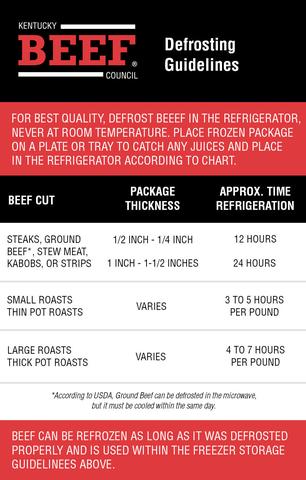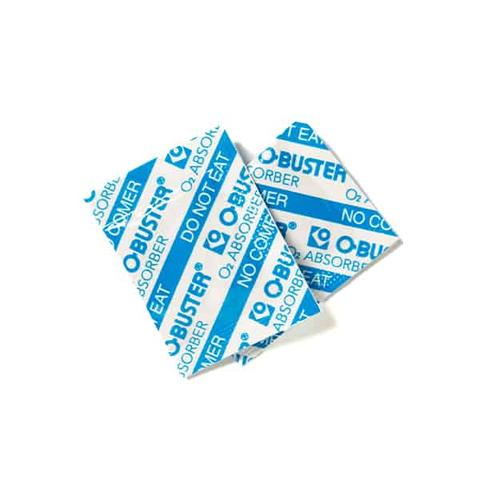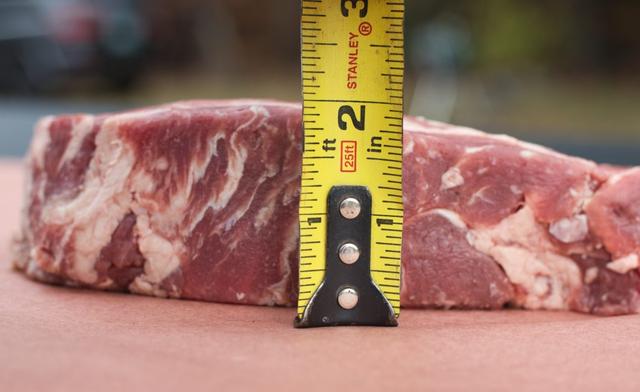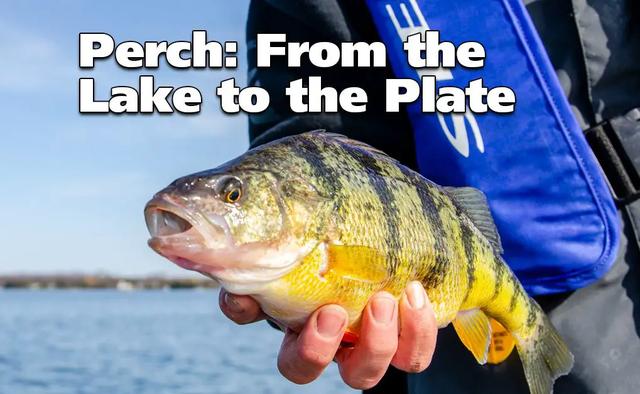
“Delicious and Nutritious: Discover the Delights of Perch as a Culinary Delicacy!”
Is Perch Fish Good to Eat? What’s the Best Way to Cook It?
Perch fish is not only good to eat, but it also offers several benefits. It is a fantastic source of nutrients, fatty acids, and vitamins, while being low in fat and calories. Perch fish is white and flaky, making it a delicious option for various cooking methods. The most popular way to prepare perch is by frying it, but it can also be sautéed for a healthier option. With its mild flavor and versatility, perch fish provides a refreshing change from the usual dinners.
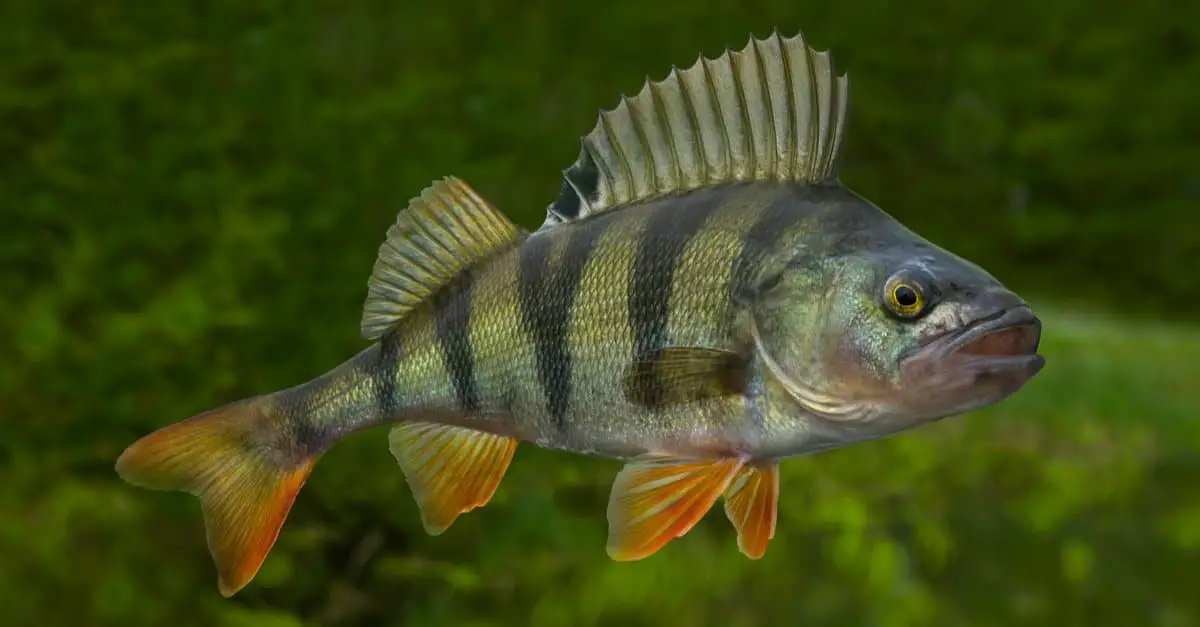
When it comes to the best way to cook perch fish, grilling or pan-frying are excellent choices. Grilling gives the fish a slightly charred flavor while retaining its flaky texture. To grill perch, oil your grill or pan to prevent sticking and cook each fillet for about 3-4 minutes on each side until the fish becomes white and flakes easily. Pan-frying is another great method where you can cook the fish in a flat pan over medium-high heat with some olive oil. Remember to season the perch with salt and pepper before cooking.
A delicious recipe that showcases the mild flavor of perch fish is grilled perch with peach salsa. For this recipe, dice/chop cilantro, garlic, red onion, jalapeno, peach, and grapefruit and mix them together in a bowl with lime juice and olive oil dressing. Grill or pan-fry the seasoned perch fillets until cooked through and serve them on top of the peach salsa mixture. Top it off with fresh chopped cilantro and tortilla chips for scooping.
Is Perch a Good Fish to Eat?
Yes, perch is a good fish to eat for several reasons. Firstly, it is a lean and light fish that is low in fat and calories, making it a healthy choice for those watching their weight. Additionally, perch is high in nutrients such as Vitamin B-12, Vitamin D, Phosphorus, Manganese, and Selenium, which are essential for maintaining good overall health.
Furthermore, perch is a sustainable option as it is not overfished and is managed under U.S. regulations. This means that consuming perch does not contribute to the depletion of fish populations. Additionally, perch can be easily caught in freshwater bodies such as ponds, rivers, lakes, and marshlands.
The only potential downside of eating perch is the possibility of consuming fish from polluted waters. However, this can be avoided by purchasing farm-raised perch or testing the water quality before catching them yourself.
How does Perch Taste?
Perch fish has a mild, sweet flavor and is not very fishy compared to other types of fish. Its taste can be described as delicate and subtle, making it appealing to those who are not fond of strong or overpowering seafood flavors. The texture of perch is slightly crumbly, which adds to its overall appeal.
Due to its mild flavor profile, perch can pair well with a variety of ingredients and seasonings. It can complement buttery recipes or be used in spicy dishes without overwhelming the other flavors. This versatility makes it a popular choice for various cooking methods and culinary creations.
Is Perch Fish Good for You?
Perch fish is indeed good for you, as it offers numerous health benefits. It is a lean and light fish that is low in fat and calories, making it a healthy option for those looking to lose or maintain weight. Perch fish is also rich in nutrients such as Vitamin B-12, Vitamin D, Phosphorus, Manganese, and Selenium. These nutrients are essential for various bodily functions including mental health improvement, cell growth promotion, immune system strengthening, and heart health maintenance.
Furthermore, perch fish is a great source of Omega-3 fatty acids, which are known to have numerous health benefits such as reducing inflammation and improving brain function. It has a mild flavor that is not overly fishy, making it a versatile choice that can be enjoyed by almost anyone. Additionally, perch fish has a simple bone structure that makes it easy to debone and consume.
However, it is important to consider the source of your perch fish. Avoid consuming perch caught from polluted waters as they may contain pollutants due to their diet of smaller fish and insects. Opting for farm-raised perch, especially those raised in sustainable aquaculture environments, ensures safer consumption. Overall, perch fish is a nutritious and delicious option that can contribute positively to your overall health.
What are the Benefits and Downsides of Eating Perch?

Eating perch fish offers several benefits. Firstly, perch is a healthy option as it is low in fat and calories while being high in nutrients, fatty acids, and vitamins. It is also a good source of Vitamin B-12, Vitamin D, Phosphorus, Manganese, Selenium, and Omega 3 fatty acids. Perch can help improve mental health, support cell growth, strengthen the immune system, and promote heart health.
Additionally, perch fish is sustainable and not in danger of being overfished. It is managed under U.S. regulations to ensure its sustainability. Perch can be found in freshwater sources such as ponds, rivers, lakes, and marshlands. It can be easily caught using bait like worms or crayfish.
However, there are a few downsides to consider when eating perch fish. One potential downside is consuming perch from polluted waters as they may contain pollutants due to the fish’s diet of smaller fish and insects. It is advisable to buy farm-raised perch or test the water quality if catching it yourself. Another minor downside is that some people may not enjoy the mild flavor or crumbly texture of perch.
Benefits
Eating perch fish offers numerous benefits for your health. Perch is a lean and light fish, making it a healthy option that is low in fat and calories. It contains a wealth of nutrients, including Vitamin B-12, Vitamin D, Phosphorus, Manganese, and Selenium. These nutrients are essential for cell growth, mental health improvement, strengthening the immune system, and promoting heart health.
Perch is also a great source of Omega 3 fatty acids, which are important for brain function and reducing the risk of heart disease. Additionally, perch fish is sustainably managed under U.S. regulations and not in danger of overfishing, making it an environmentally friendly choice.
Furthermore, perch has a mild flavor and firm texture that makes it versatile and enjoyable to eat. It can be prepared in various ways such as frying or sautéing, allowing you to switch up your usual dinner options without getting bored.
Downsides
One potential downside of eating perch is the risk of consuming fish caught from polluted waters. Perch fish consume smaller fish and insects, which means they may be both consuming and existing in pollutants. It is advisable to avoid perch caught in polluted waters to ensure safety and prevent any negative impact on taste. Commercial yellow perch harvest has been banned unless the fish comes from Lake Michigan or Lake Erie, so it is recommended to opt for farm-raised perch, especially if they were raised in an aquaculture environment.
Another consideration when it comes to eating perch is that it may not be a suitable choice for individuals who do not enjoy the taste of fish. While the flavor of perch is mild and not overly fishy, personal preferences vary. However, the mild flavor and firm texture of perch make it a versatile fish that can pair well with various ingredients and recipes.
Lastly, when catching perch yourself, it’s important to note that they can be a bit difficult to catch and put up a fight. Additionally, if you prefer boneless fillets, store-bought perch will likely be deboned, but if you catch it yourself, removing the bones can be a simple process due to its straightforward bone structure.
What is the Best Way to Cook and Eat Perch?

One of the best ways to cook and eat perch is by frying it. The white and flaky texture of perch makes it perfect for frying, as it creates a crispy outer layer while remaining tender on the inside. To fry perch, simply coat the fillets in a mixture of flour, salt, and pepper, then fry them in hot oil until they are golden brown. This method of cooking enhances the mild flavor of perch and provides a satisfying crunch.
Another great way to cook and eat perch is by grilling it. Grilling adds a smoky flavor to the fish while maintaining its delicate texture. To grill perch, season the fillets with salt, pepper, and your choice of herbs or spices. Place them directly on a preheated grill over medium-high heat and cook for about 3-4 minutes on each side until they are opaque and easily flake with a fork. Grilled perch pairs well with fresh salsa or citrus-based sauces.
For those looking for a healthier option, sautéing perch is a great choice. Sautéing requires less oil compared to frying while still achieving a delicious result. Heat some olive oil or butter in a skillet over medium heat and cook the seasoned fillets for about 3-4 minutes on each side until they are cooked through. Sautéed perch can be served with steamed vegetables or alongside a salad for a nutritious meal.
In conclusion, there are several ways to cook and enjoy perch fish. Whether you prefer frying for a crispy exterior, grilling for a smoky flavor, or sautéing for a healthier option, perch’s mild taste and versatile texture make it an excellent choice for any cooking method. Experiment with different seasonings and accompaniments to create your own unique dishes featuring this delicious freshwater fish.
Grilled Perch with Peach Salsa
The grilled perch with peach salsa is a delicious and healthy dish that combines the mild, flaky flavor of the perch fish with the bright and slightly spicy taste of the peach salsa. To make the salsa, dice/chop cilantro, garlic, red onion, jalapeno, peach, and grapefruit and add them to a large bowl. Squeeze the juice of two limes on top along with a drizzle of olive oil to create a dressing. Just before serving, add chopped cilantro for a fresh flavor.
To cook the perch fillets, heat a large flat pan or grill over medium-high heat and add olive oil. Season each fillet generously with salt and pepper and remove the skin if desired. Cook the fish for 3-4 minutes on each side until it becomes white and begins to flake. Remove from heat and plate.
To serve, place the cooked perch on top of a pile of peach salsa. Top with fresh chopped cilantro and a few tortilla chips for scooping. For an even more charred flavor, consider grilling the perch instead of pan-frying it. Don’t overcook the fish to prevent it from becoming dry. Serve immediately to enjoy its freshness.
Ingredients
– Perch fillets (as many as desired)
– Salt and pepper, to taste
– Olive oil, for cooking
– 1 jalapeno, seeds removed or kept for extra spice, chopped
– Cilantro, chopped
– Garlic cloves, minced
– Red onion, diced
– Peach, diced
– Grapefruit segments, diced
– Juice of 2 limes
– Olive oil, for dressing
– Tortilla chips, for serving
Steps
1. Prepare the peach salsa by dicing/chopping cilantro, garlic, red onion, jalapeno, peach, and grapefruit according to the ingredients list. Add them to a large bowl.
2. Squeeze the juice of two limes on top of the fruit and vegetable mixture, along with a drizzle of olive oil to create a dressing. Add ¾ of the chopped cilantro right before serving for a fresh flavor.
3. Heat a large, flat pan on the stove over medium-high heat. Consider using a cast-iron skillet for a charred flavor.
4. Add olive oil to the pan and place each fillet of perch in it. Generously season the perch with salt and pepper.
5. Remove the skin from the perch and cook each side for 3-4 minutes until it becomes white and begins to flake.
6. Remove the cooked perch from heat and plate it.
7. To serve, place the fish on top of a pile of peach salsa. Top with fresh chopped cilantro and a few tortilla chips for scooping.
8. If you prefer a more charred flavor, consider grilling your perch instead. Don’t forget to oil your grill or pan beforehand to prevent sticking.
Note: If you don’t like peaches, you can replace them with citrus or use any kind of salsa you prefer. Avoid overcooking the perch as it may become dry and tough.
Tips
– When purchasing perch fish, look for wild-caught or sustainably farmed options to ensure the best quality and minimize environmental impact.
– If you’re catching perch yourself, use lures and bait like worms, crayfish, larvae, or minnows to attract them.
– Perch fish can be cooked in various ways such as frying, sautéing, grilling, or even in a fish fry. Experiment with different cooking methods to find your favorite.
– Perch fillets are small and low in calories, making them a diet-friendly option for those watching their weight.
– To ensure the fish is fully cooked but still moist and flavorful, cook it until it becomes white and begins to flake. Avoid overcooking to prevent dryness.
– Consider adding a fresh peach salsa as a topping for grilled perch fillets or try different flavor combinations based on your preferences.
Related Questions
1. What are some other types of fish that are sustainable and good to eat?
2. How can I determine if the perch I catch myself is safe to eat?
3. Are there any health risks associated with consuming perch fish?
Does perch have a strong taste?
Perch does not have a strong taste. It has a mild, sweet flavor and is not very fishy. Because of this mild flavor, it can pair well with almost anything. It is not very tangy, so it can go well with buttery recipes. However, it is mild enough to also complement spicy recipes. Compared to fish like tuna, perch has a much milder taste.
Which is better, cod or perch?
When comparing cod and perch, there are a few factors to consider in determining which is better. Cod has lower cholesterol and calories compared to perch, making it a healthier choice for those watching their intake of these nutrients. However, perch contains more minerals, Vitamin D, and Vitamin B12 than cod. Perch also has a mild, sweet flavor that is not very fishy, making it more versatile and appealing to a wider range of palates.
In terms of sustainability, perch is the clear winner. Cod is severely overfished, while perch is sustainably managed under U.S. regulations and not in danger of being overfished. This makes perch a better choice for those who are conscious about preserving fish populations and supporting sustainable fishing practices.
Overall, while cod may have some health benefits due to its lower cholesterol and calorie content, the sustainable nature of perch and its higher mineral and vitamin content make it a strong contender as a better option between the two.
Does perch have a lot of bones?
Perch does not have a lot of bones that are difficult and inconvenient to remove. If you buy perch from the store, it will likely be deboned. If you catch it yourself, however, it has a really simple bone structure that can be removed almost all at once. This makes perch a convenient and hassle-free fish to prepare and enjoy.
Summary
Perch fish is a delicious and healthy option for meals. It is high in nutrients, fatty acids, and vitamins, while being low in fat and calories. Yellow perch, which is primarily found in North America, is a sustainable fish that is not overfished. Perch offers numerous health benefits including improved mental health, cell growth, immune system strength, and heart health. It is also a good source of Omega 3 fatty acids.
Eating perch has very few downsides unless it comes from polluted waters. Perch can be prepared in various ways, but one popular recipe involves grilling the fish and serving it with peach salsa. Overall, perch is a mild-tasting, versatile, and sustainable fish that can be enjoyed by almost anyone.
In conclusion, perch is a nutritious and delicious fish that is safe to eat. Its lean white flesh offers various health benefits, including being rich in protein, omega-3 fatty acids, and essential minerals. With its mild flavor and versatility in cooking, perch makes for a healthy and enjoyable addition to any diet.
Learn More About Grilling
If you want to learn more about grilling, check out these other helpful resources!


